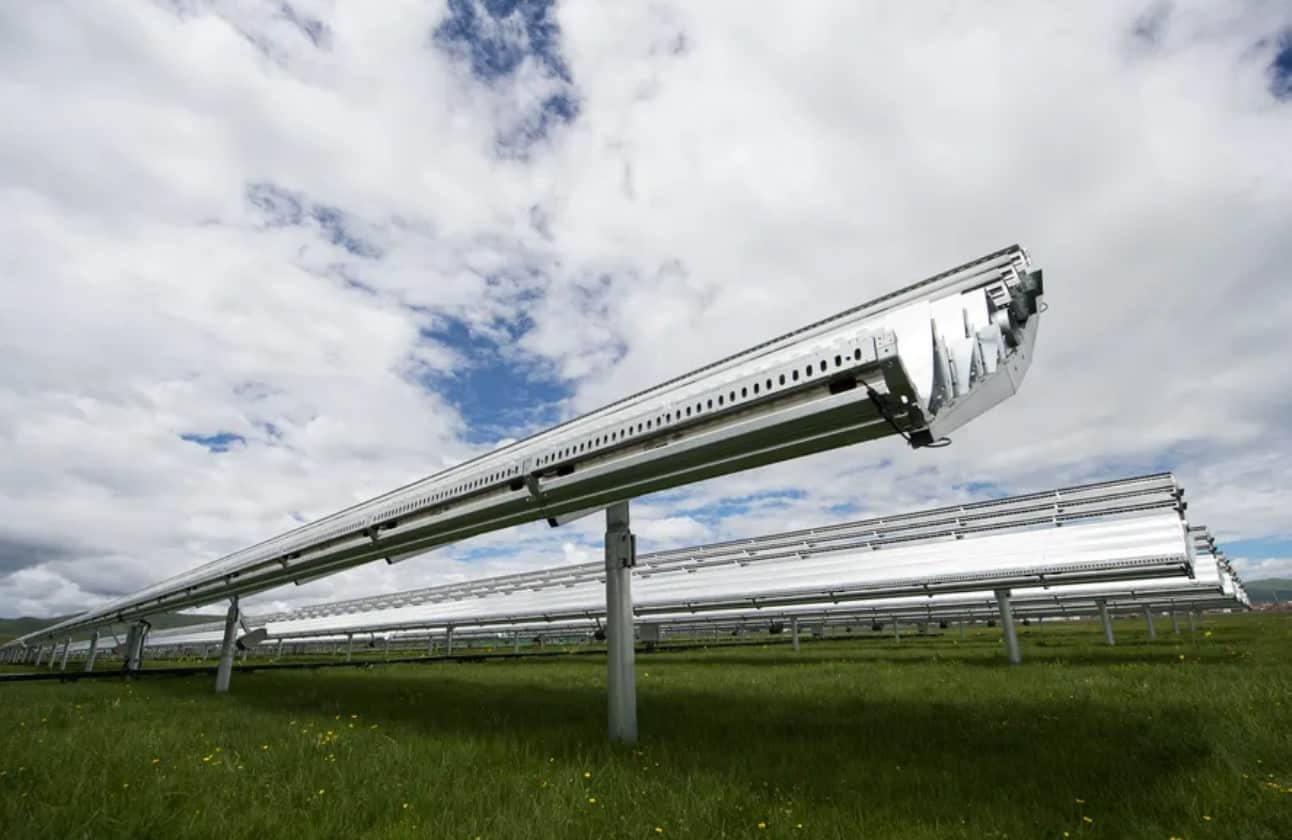Apple suppliers have more than doubled their clean power over the past year, the company announced today. The renewable energy projects they support prevented 13.9 million metric tons of carbon dioxide pollution from entering the atmosphere. That has almost the same impact as taking 3 million cars off the road for a year, the company says.
It’s part of Apple’s efforts to curb climate change by becoming completely carbon neutral by 2030. The climate pledge the company made in 2020 set it on a path to reduce greenhouse emissions by 75 percent this decade and find ways to draw down its remaining climate pollution.
Unlike other companies that have only promised to eliminate pollution from their direct operations and electricity use, Apple has gone a step farther by pledging to slash emissions from its supply chains and its customers’ use of the products. That’ll be the biggest lift by far for the company since those indirect emissions make up most of its carbon footprint.
On top of having a bigger impact than focusing solely on the company’s operations, gutting supply chain emissions has an added bonus of pushing other companies to clean up their act. Apple publishes an annual list of its top suppliers, who get about 98 percent of the money Apple spends on materials, manufacturing, and assembly. About 60 percent of those major suppliers are on Apple’s list of companies that have committed to making Apple products using “100 percent clean electricity” globally. Dozens more smaller suppliers have made similar commitments.
Claims of using “100 percent clean electricity,” however, aren’t so straightforward. Apple announced in 2018 that it had begun using 100 percent renewable energy, but that doesn’t mean that its stores and offices were actually running on wind and solar power all the time. Most grids just don’t have enough renewable energy capacity and aren’t wired to provide that to any one customer all the time.
So companies often buy Renewable Energy Credits (RECs) from energy providers, which represent the environmental benefits of renewable energy projects, to sort of offset their dirty electricity use. Apple buys these credits, and so do its suppliers. In 2021, just under 80 percent of its suppliers’ renewable energy “procurement” went toward buying renewable energy from providers. RECs made up another 8 percent. Another 10 percent of procurement efforts went towards direct investments in new renewable energy projects. And 3 percent went towards renewable electricity actually generated on-site at a supplier’s facilities.
Apple’s Supplier Clean Energy Program purchased credits equivalent to 360,000 metric tons of carbon emissions to “address a small increase to its carbon footprint,” it said in today’s update on the program.

